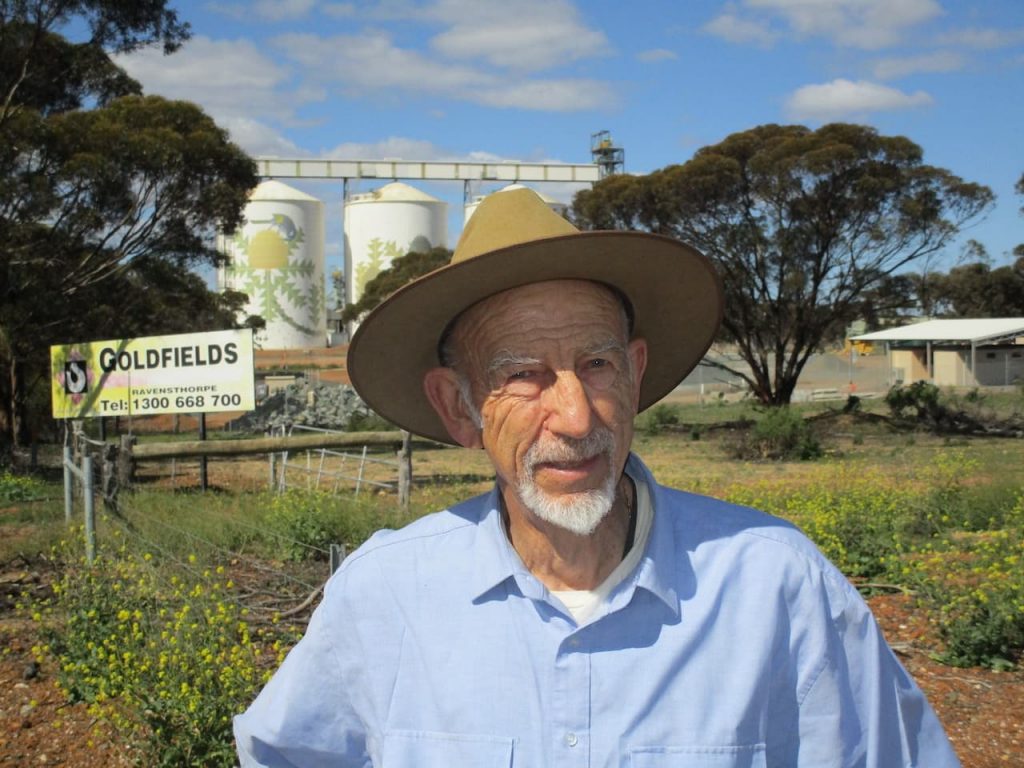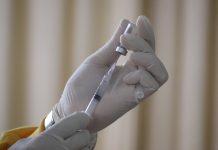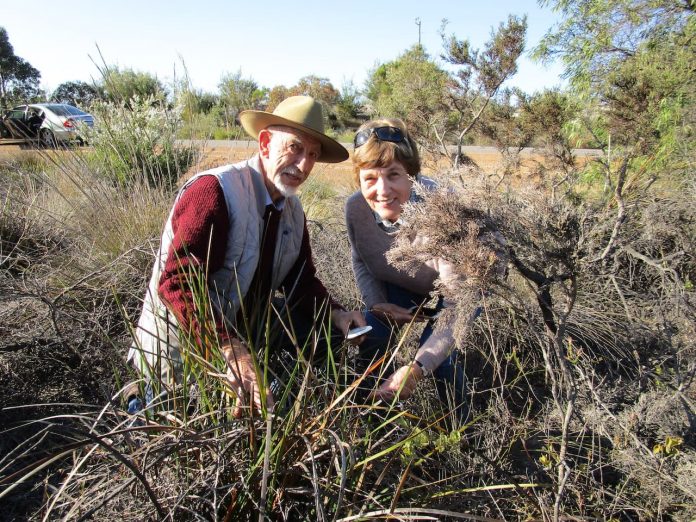We set out on a wildflower discovery adventure in WA’s Great Southern in the lap of luxury.
This new service, by brothers Harry and Bill Clements-Shepherd of Wildflower Safaris, sweeps us away in a Mercedes through towns including Williams, Wagin, Lake Grace, Newdegate, Lake King and Ravensthorpe. And this is just day one.
September and October are wildflower wonderment time in our south-east, following the flourishing of flowers from our State’s north to south and east.
As we leave Perth, Harry outlines the brothers’ philosophy, based on the strength of their local knowledge and rural experiences with their intense interest in the environment. (Not to mention Bill’s professional musical prowess).
From their agricultural and farming backgrounds, including young, free-running years in the Jerramungup region to teaching and horse-breaking, the men have designed their wildflower excursions to be all-embracing. They explain nature’s big picture.
On our journey, with Harry at the wheel and Perth-born, English resident Pam joining us, we enter country that is unique on the world scale.
With their two vehicles, the brothers focus on small groups of one-to-five guests with clients indicating preferences for destinations, time on the road each day and any personal interests.
A patch of wildflowers along the road catches your attention? Harry pulls over. Want to stop for a photo or to catch a vista? Not a problem.
“With small, personalised parties, we are able to conduct tours to suit them. We discuss where they would like to go, we give them options, we do it in comfort. We like the interaction with our guests,” says Harry.
The brothers have wide-ranging local contacts and know a few secrets. They are able to check on local conditions, outline the topography and know where to find the many variety of wildflowers including rare, tiny, highly-colourful orchids.
Our two-days is centred on the mighty Fitzgerald River National Park and the surrounding region where Harry has contact with an apiarist and a professional seed-collector.
These experts help piece together the big picture of how all the region’s unique flora and fauna tie-in with each other, their interdependence, what is evolving and what isn’t.
We hear inside stories about this environment that are staggering as Harry cruises the roads through this important, lightly-visited special part of the world.
The national park is an internationally-recognised biosphere reserve, an important base-line for evaluating changes in the environment. Importantly, it is one of the least-infected parks by devastating dieback, so retains flora that has continued to thrive for thousands of years.
More than 1,800 species of wildflowers have been documented in the park and just as many in the Ravensthorpe Range. They make-up 20 per cent of WA’s flora species.
Harry steers us to Ravensthorpe’s annual wildflower show where up to 700 species are featured in one place. It’s an astonishing range, from beautiful orchids and royal hakea to bottle brush and eucalypts that come from the world’s largest range of eucalypt species.
Outside Ravensthorpe, giant murals of banksia, 25 metres high, have been expertly painted on three silos. They show the six stages of Banksia from flower buds to full bloom. The colourful collage by Fremantle-based artist Amok Island, has us grabbing our cameras.

Silo art is spreading in Australia. Wildflower Safaris have tailored a ‘song of silos tour’ of Northam, Merredin, Newdegate, Pingrup and into Albany where a seahorse is featured by New York duo Yok and Sheryo.
“The silo section of WA is ideally-positioned geographically for us to zig-zag to anywhere that takes your fancy,” says Harry.
On our Great Southern tour, we pass along roads where it’s rare to see another car, where the birds can still be seen and heard, to waterways which, after August’s burst of drought-breaking rain, are blessed with fresh water and large paddling flocks of endemic birds.
We turn to the coast and call in at growing outposts Hopetoun and Bremer Bay, historically-rich fishing and whaling regions.
At Bremer Bay, Harry orders our lunch, among the best al fresco meals we can remember, at the Telegraph Station, built in the 1800s to link Albany with Adelaide via overland telegraph. The Australian symmetrical, façade-style building is National Trust-listed with grounds that create an oasis.
This region, between Albany and Esperance, is startlingly-appealing at this time of the year and to cover so much territory, comfortably and in-style over two days, guided by an expert who can relate equally to visitors and locals is a bonus.
The brothers’ 40 years of tour experience allows them to extend their personally-guided tours to spectacular and mysterious regions in our state. The Great Southern wildflower adventure? I’d do it again tomorrow.
Details: www.wildflowersafaris.com.au/. Phone: 0407 085 097 or Email: info@wildflowersafaris.com.au



































